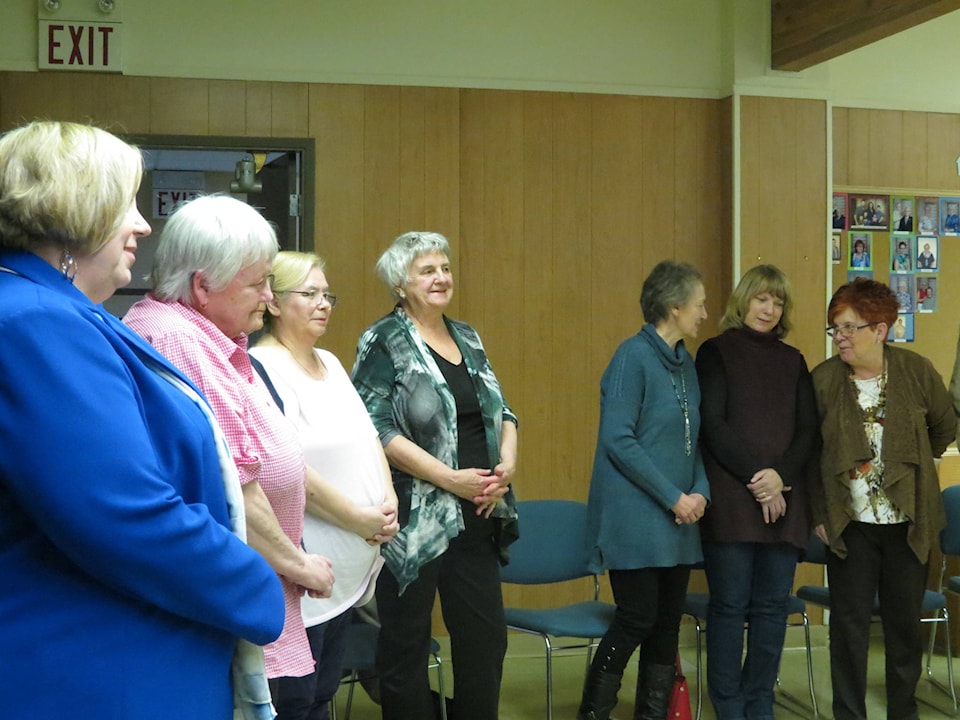Indigenous survivors of the ’60s scoop are telling their stories.
These stories are incredibly heart breaking and tell of families torn apart by a system they did not understand. The stories tell of the loss of the innocence of childhood, of incredible loneliness and, in some cases, physical, sexual and emotional abuse.
And through it all, an intense longing to go home.
The stories start on the heels of other stories of the survivors of the residential schools.
Many of the children who were victims of the ’60s scoop came from parents who had attended residential schools.
The ’60s scoop began in 1951 when amendments to the Indian Act gave the responsibility of child welfare to the provinces. From this time on, even into the ’80s, Canada’s Indigenous, Metis and Inuit children were adopted into non-Indigenous homes on a permanent basis.
The effects of the ’60s scoop are still being felt.
Sharon Gladue, vice president of the Sixties Scoop Indigenous Society of Alberta talked candidly about her painful childhood and how, at the tender age of nine, she contemplated suicide.
“We were the missing children,” she said.
Gladue was taken from her family when she was two years old.
“My sisters and I were apprehended three times,” she said.
Finally, when she was five-years-old she and her two sisters were taken and advertisements were placed in the local newspaper for them to be adopted.
She said her family of origin lived off the land, hunting and fishing and picking berries, but the social workers weren’t familiar with that way of life and felt they were living in poverty.
The girls were eventually adopted by a family living on the outskirts of Saskatoon, Saskatchewan.
Gladue said she used to look out her bedroom window which faced west, knowing her home was out there somewhere.
“It was quite painful. We felt so displaced, so abandoned.”
She grew up feeling ashamed of the color of her skin and her Cree roots.
“There was belittling and verbal abuse and I felt ashamed of the colour of my skin,” she said.
Finally, when she was 17-years-old, her adopted father, who she described as a kind and gentle man, urged her to apply for her treaty status.
The girls’ older sister, who worked for northern affairs, managed to hook up with her younger sisters and finally, the girls got to go to Little Pine, the reserve from which she had been taken away.
Gladue and SSISA president Adam North Peigan, a survivor himself, came to Rimbey last Monday, invited by the Rimbey Library, through Alberta Culture and Tourism.
A small group gathered at the Rimbey United Church to hear the stories and share in the healing process.
Activities included an experiential exercise that allowed the group to walk through the life a Sixties Scoop survivor.
“The Sixties Scoop affected all Indigenous communities,” says Gladue.
No official documents record the number of children apprehended, but Gladue says there only about 25,000 left from those who survived.
For more information on the Sixties Scoop or the Alberta organization, visit the society website at www.ssisa.ca.
